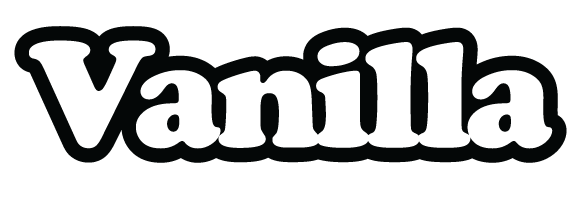Francine is a Paris-based designer exploring the intersections of craftsmanship and fashion in relaxed styles. From dressing Lady Gaga to working under Mary Katrantzou, Francine is making exciting waves in the world of fashion, carving out a space for her label Fröhlic
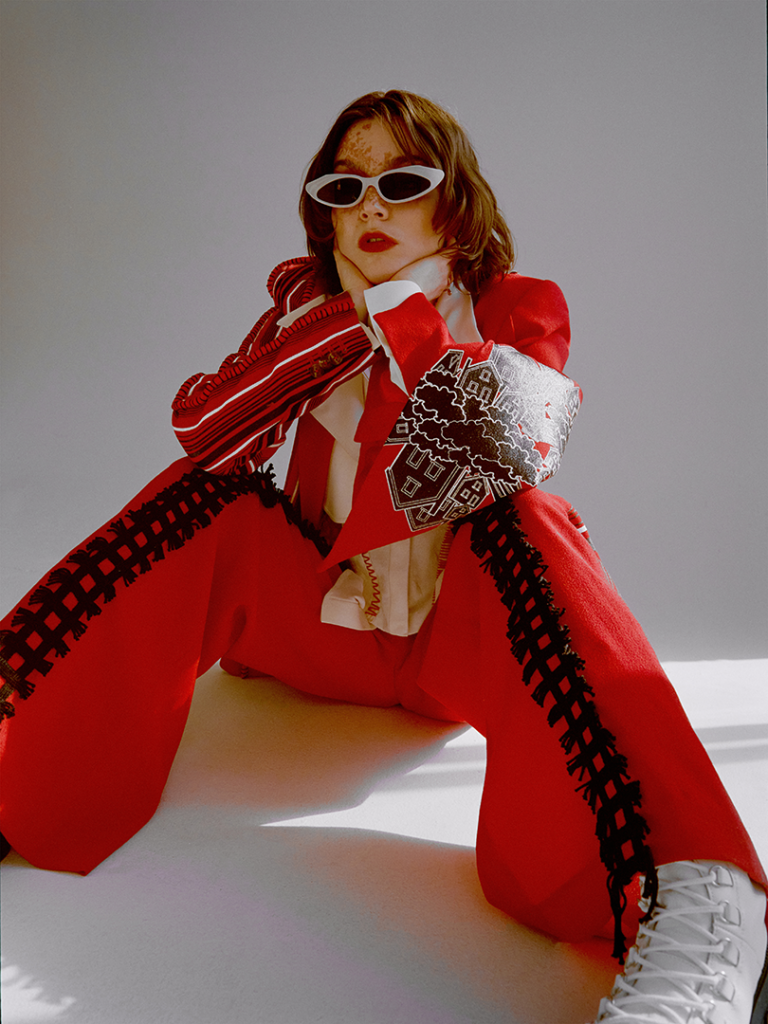
Tell us a bit about yourself, where did you study and how has that shaped the way you design and think about clothing?
I studied fine arts with a focus on sculpture before pursuing my studies at Parsons the New School of Design. As I was always fascinated by three dimensional concepts, such as the pulp paper bustier I made, it was no surprise that I was enamoured with sculpting the body with textiles and experimenting with new silhouettes, and the various methods used to achieve them.

What initially inspired this collection?
I believe many people often pause and reflect on why they’ve pursued their careers; I based this capsule on family events passed down, and contrasted an incredible but sombre story with colour, vigour, and a tinge of rebellion. I wanted a chance to bond together old school artisanal garment techniques and incorporate elements such as my own artwork and embroidery design. I find that sometimes there is a disconnect between the avant-garde and the savoir-faire, and I wanted to bridge that gap through my own work.
Transitioning between lock-down to post-pandemic, I found there was a lack of relaxed, comfortable suiting. I made pieces that I would wear, as I wear both men’s and women’s clothing.
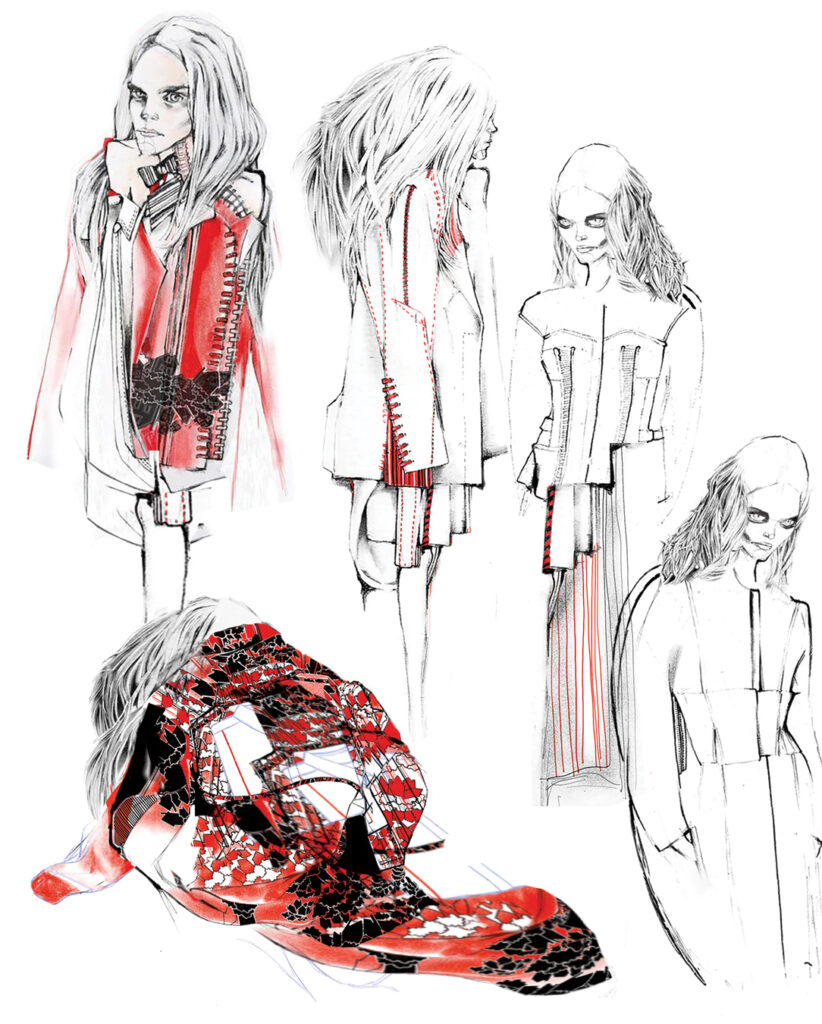
You’ve mentioned that you have a background in fine art. How has this influenced the way you approach your design practice?
As we were often encouraged to have our work tell a story, I applied this to my designs. Each collection represents a theme that piques my interest, from there I explore more elaborate concepts turning into evident graphic and visual narratives. In this sense, they become more than just clothing. I covet each finished piece as a piece of art, regardless of its complexity. As an example of visual narratives, I covered the garments in oversized, contrast embroidered stitch marks, and graphics of homes, cities, and transitions.
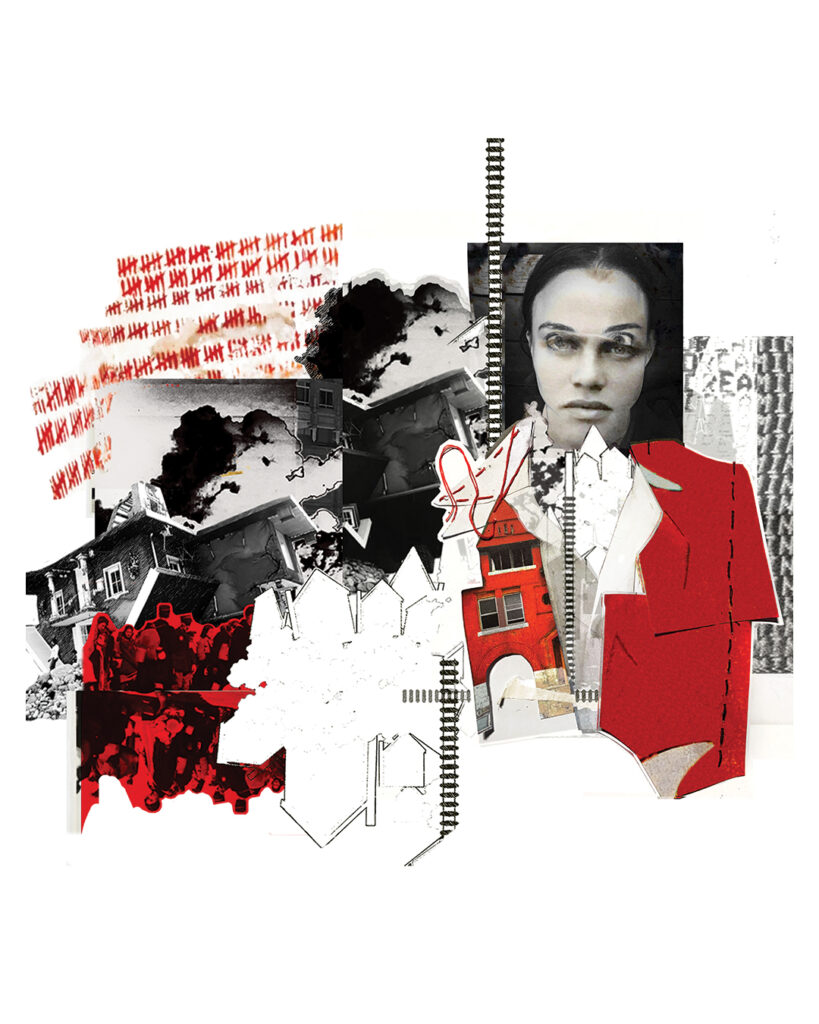
The tailoring in your collection is strong and exquisitely executed. I understand that it is also your way to pay homage to your family history. Can you tell us more about what the process was like in refining this skill and how it has shaped your practice as a whole?
The men in my family were tailors out of necessity. I was heavily influenced by my grandfather who was a Czechoslovakian tailor, and a war refugee. He was incredibly talented and passionate about his trade, and it saved his life countless times. It was because of his talent that he was able to rebuild his life in North America. I spent a lot of time with him growing up and would observe him at his sewing machine every weekend. I would watch him draft jackets with a piece of chalk, and his famous wooden yardstick and I know this was a privilege. I wanted to use this collection as an homage to generations past. I developed a strong eye for detail and quality. It shaped my practice as I try to ensure my pieces are well constructed, and able to withstand wear, as much as I ensure their concept and surface embellishment. I believe in creating pieces meant to last and encourage slow fashion as the art of technique slowly dwindles.
With the pandemic being such a major life event for us all, how has it affected your practice as a designer?
As a designer during the pandemic, I learned how crucial it is to relate to local resources, sample makers and institutions. It is something I wish was stressed more in smaller cities/communities. When in semi-confinement, I was fortunate enough to meet an incredibly talented local sample maker who was very meticulous and communicative.
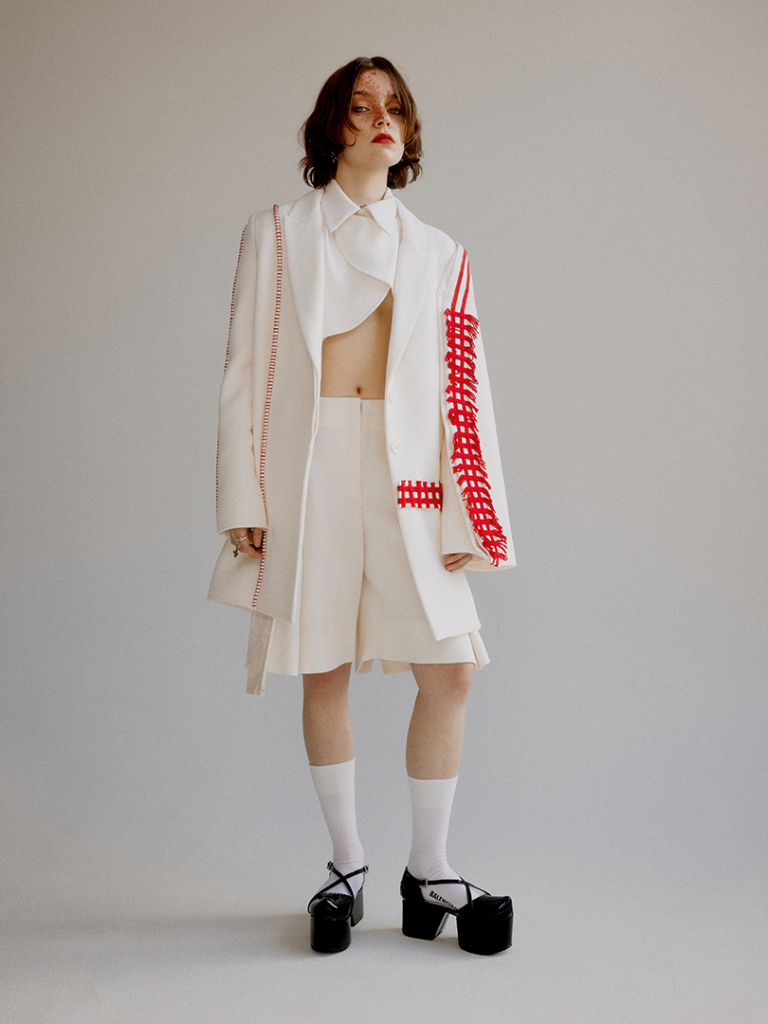
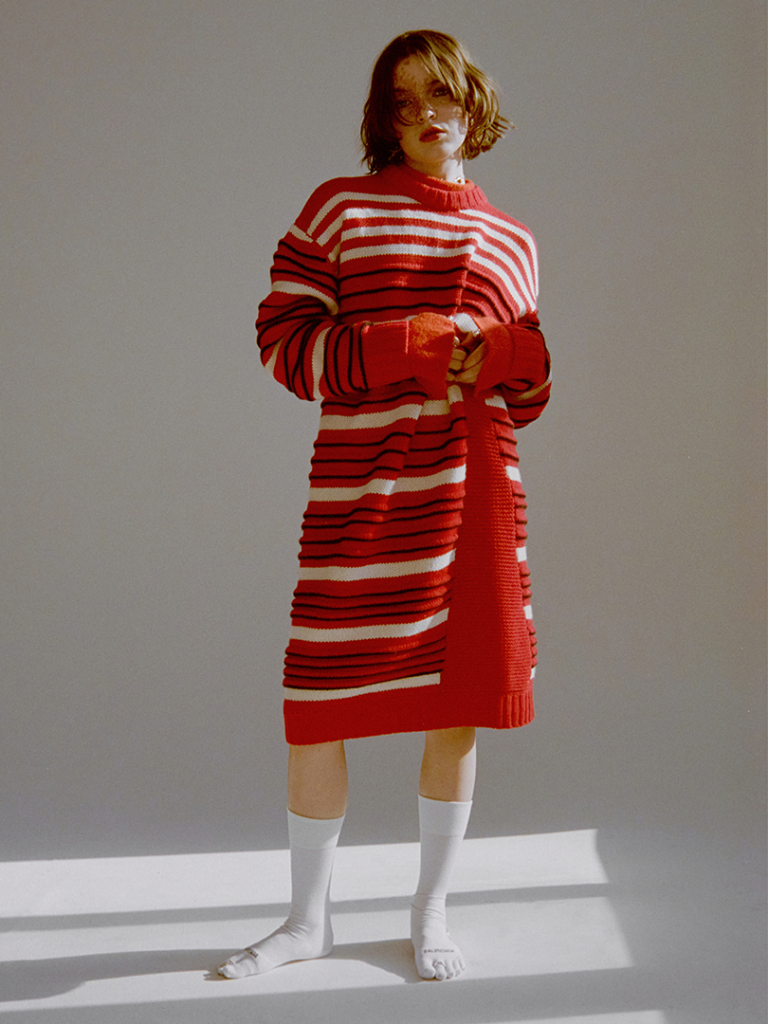
What techniques, aside from tailoring, did you explore in this collection? Is there anything that you’ve done while developing this collection that you haven’t done before? Was there anything that you tried to do that maybe didn’t turn out as well while you were developing your work?
In this collection I decided to explore graphics and embroidery. It was my first time working with a screen printer, and I really admire the dedication and (precision) that it takes to print on a wool crepe!
I also taught myself how to hand embroider, out of necessity. I had a specific design in mind, and the most cost-friendly option was doing it by myself. It was a very time consuming but rewarding experience.
While developing my work I put a lot of handwork into my toiles, as I love experimental draping. In some cases, I would have liked to work out the small details beforehand with my sample maker.
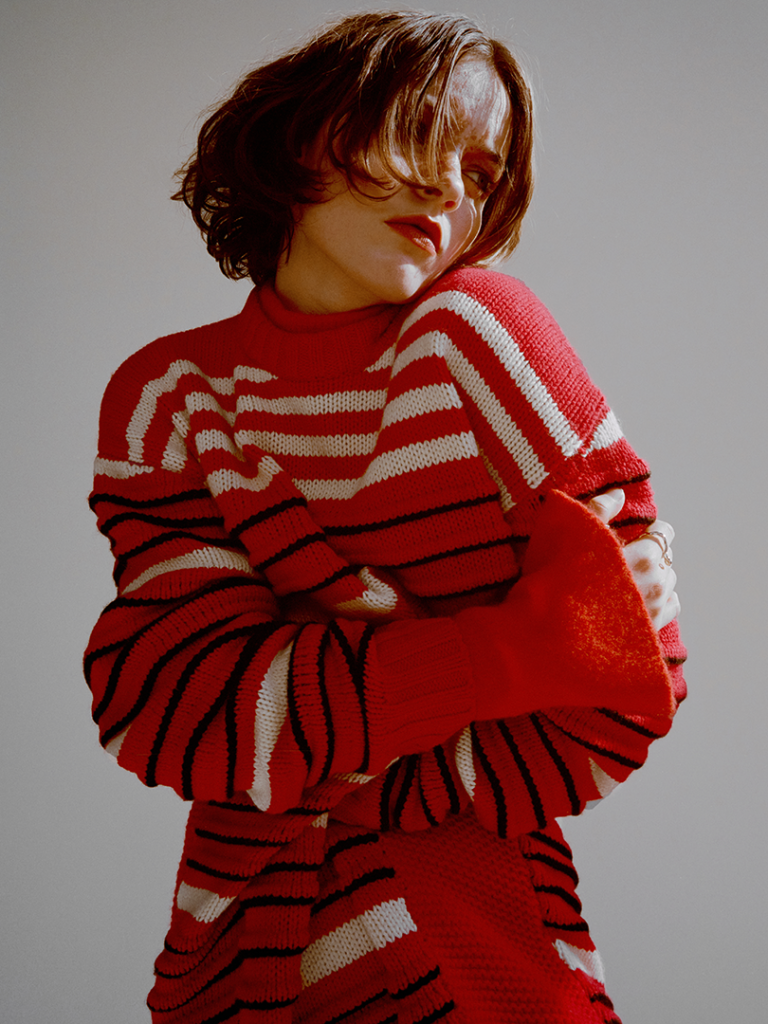
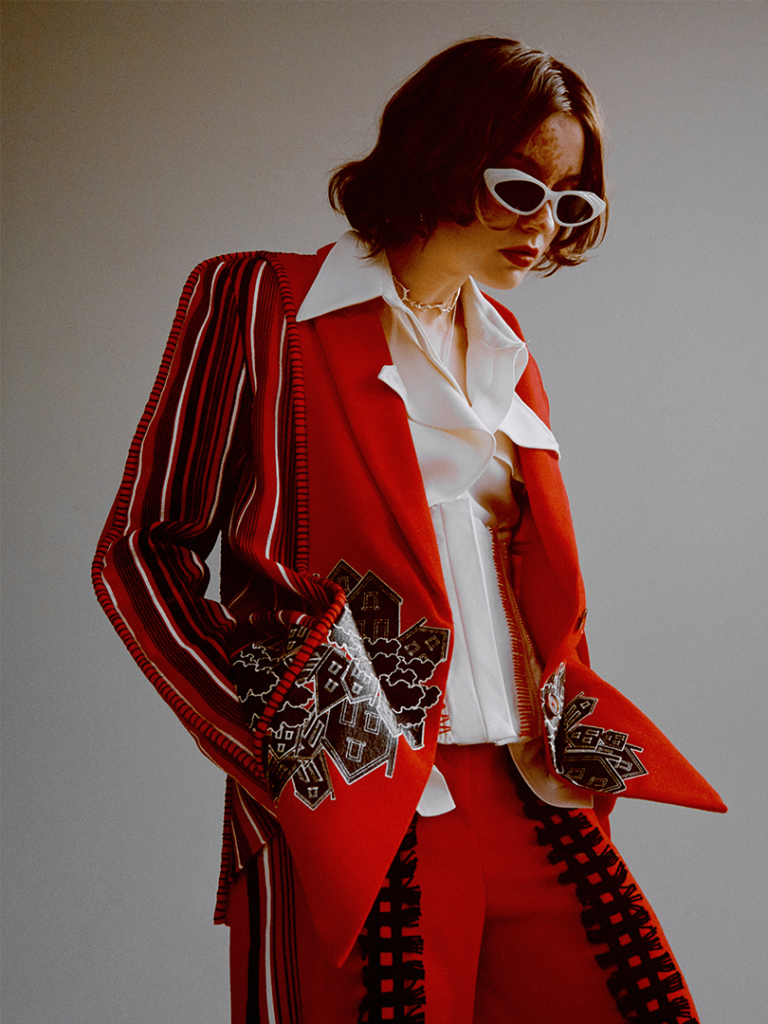
On a global scale, where do you see your work living? Do you see it expressly as an artform or do you see yourself creating a consumable brand? Where do you hope to take your work?
My work lives as an artform and a creative expression of self. It has come to live with me in Paris where I currently reside, and I hope to use it to collaborate with others in the luxury industry. My pieces are composed of intricate details and hand finishings. I am not looking to reproduce them or begin a consumable brand. I do hope to make more custom pieces in the future, as an expressive medium.
To see more of Francine’s work visit their Instagram here or their website here.
Images photographed by Sacha Cohen and modelled by Florence-Émilie Morin.
Make up/Styling by Cynthia Bouchard

